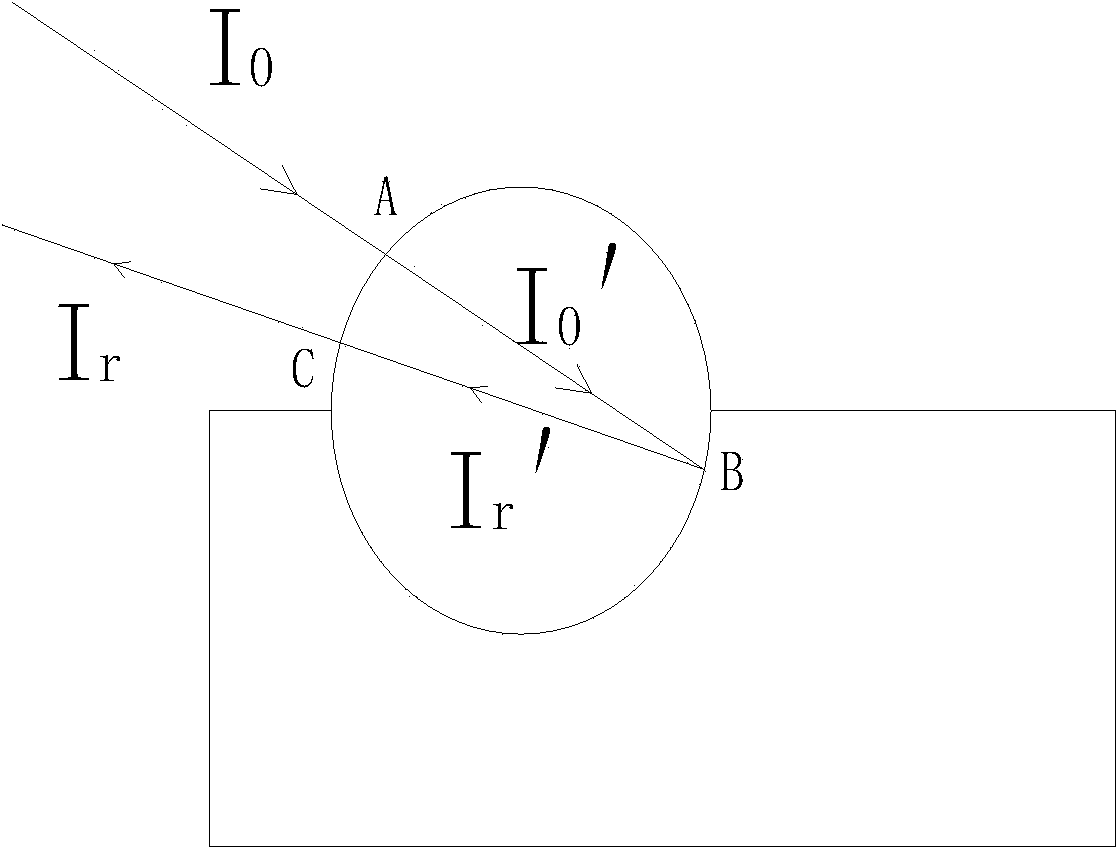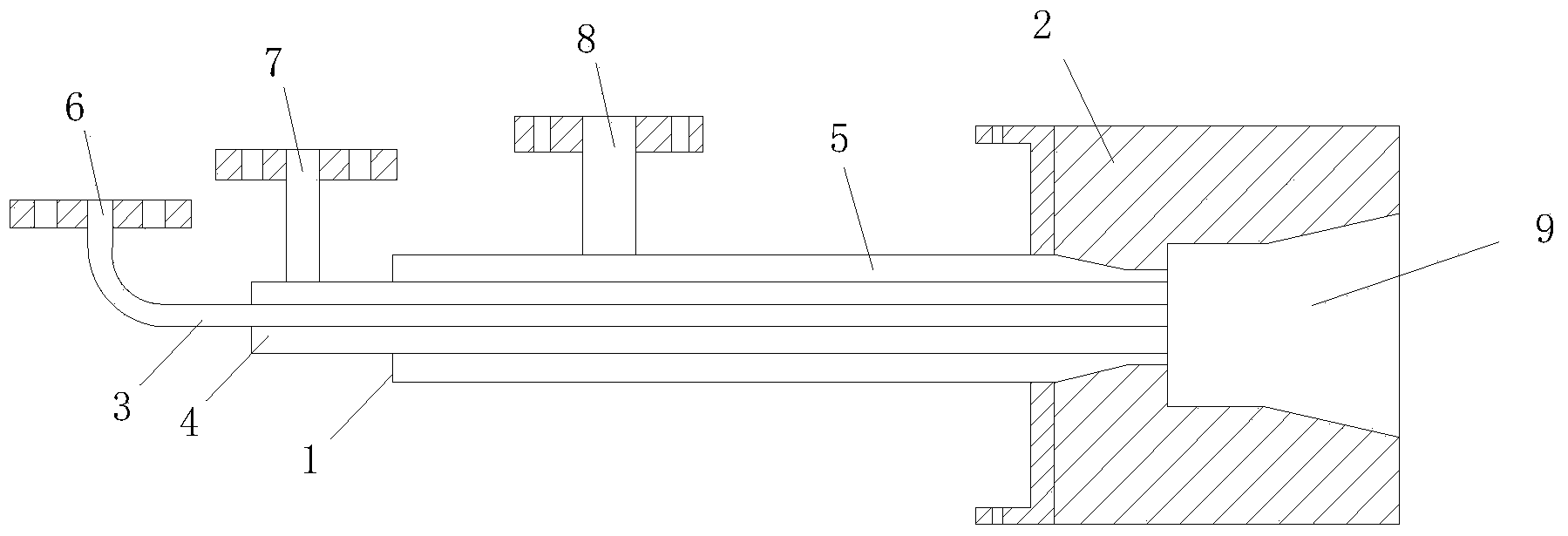Road marking reflective bead
A technology of road markings and reflective beads, applied in the direction of reflection/signal paint, coating, etc., can solve the problems of poor retro-reflection effect, achieve the effects of reducing incidence, enhancing visibility, and increasing refractive index
- Summary
- Abstract
- Description
- Claims
- Application Information
AI Technical Summary
Problems solved by technology
Method used
Image
Examples
Embodiment 1
[0019] The reflective beads for road markings include the following components: titanium dioxide, calcium oxide, zirconia, boron oxide, aluminum oxide and inorganic salt additives; the preparation process of the reflective beads for road markings includes the following steps: Step 1, Mix titanium dioxide, calcium oxide, zirconia, boron oxide, aluminum oxide and inorganic salt additives, grind and disperse at a high speed with a nano-sand mill to obtain an inorganic slurry; step 2, the inorganic slurry is granulated by spray drying, and the dried The particle size of the particles reaches 200-250 mesh; step 3, the dried particles are sintered into particles in a high-temperature oxygen-enriched environment; step 4, the particles are cooled, collected, and sieved to obtain reflective beads for road markings. In terms of mass percentage, the content of titanium dioxide is 60%-85%, the content of calcium oxide is 1.5%-15%, the content of zirconia is 5%-10%, the content of boron oxi...
Embodiment 2
[0021] The difference from Example 1 is: by mass percentage, the content of titanium dioxide is 55% to 80%, the content of calcium oxide is 2% to 10%, the content of zirconia is 6% to 12%, and the content of boron oxide is 5%. ~16%, the content of aluminum oxide is 2%~12%.
Embodiment 3
[0023] All-weather high refraction reflective microcrystalline ceramic beads, including the inner core and reflective beads for road marking, the reflective beads for road marking are as described in embodiment one or embodiment two; the all-weather high The preparation process of the refraction reflective microcrystalline ceramic beads includes the following steps: soak the inner core in the binder slurry, pick it up and put it into a container of excess road marking reflective beads, stir it, pack it into a sintering furnace, and put the inner core and road markings into a container. The reflective beads for thread are sintered into finished products in a sintering furnace at 800°C±20°C.
[0024] The inner core is a glass sphere. The glass ball can be existing commercially available road marking reflective glass beads; it can also be the ore glass beads as described in the application number 201010213905.9, named as a kind of ore glass beads for road marking, etc.
[0025] ...
PUM
| Property | Measurement | Unit |
|---|---|---|
| particle size (mesh) | aaaaa | aaaaa |
| refractive index | aaaaa | aaaaa |
| refractive index | aaaaa | aaaaa |
Abstract
Description
Claims
Application Information
 Login to View More
Login to View More - R&D
- Intellectual Property
- Life Sciences
- Materials
- Tech Scout
- Unparalleled Data Quality
- Higher Quality Content
- 60% Fewer Hallucinations
Browse by: Latest US Patents, China's latest patents, Technical Efficacy Thesaurus, Application Domain, Technology Topic, Popular Technical Reports.
© 2025 PatSnap. All rights reserved.Legal|Privacy policy|Modern Slavery Act Transparency Statement|Sitemap|About US| Contact US: help@patsnap.com



